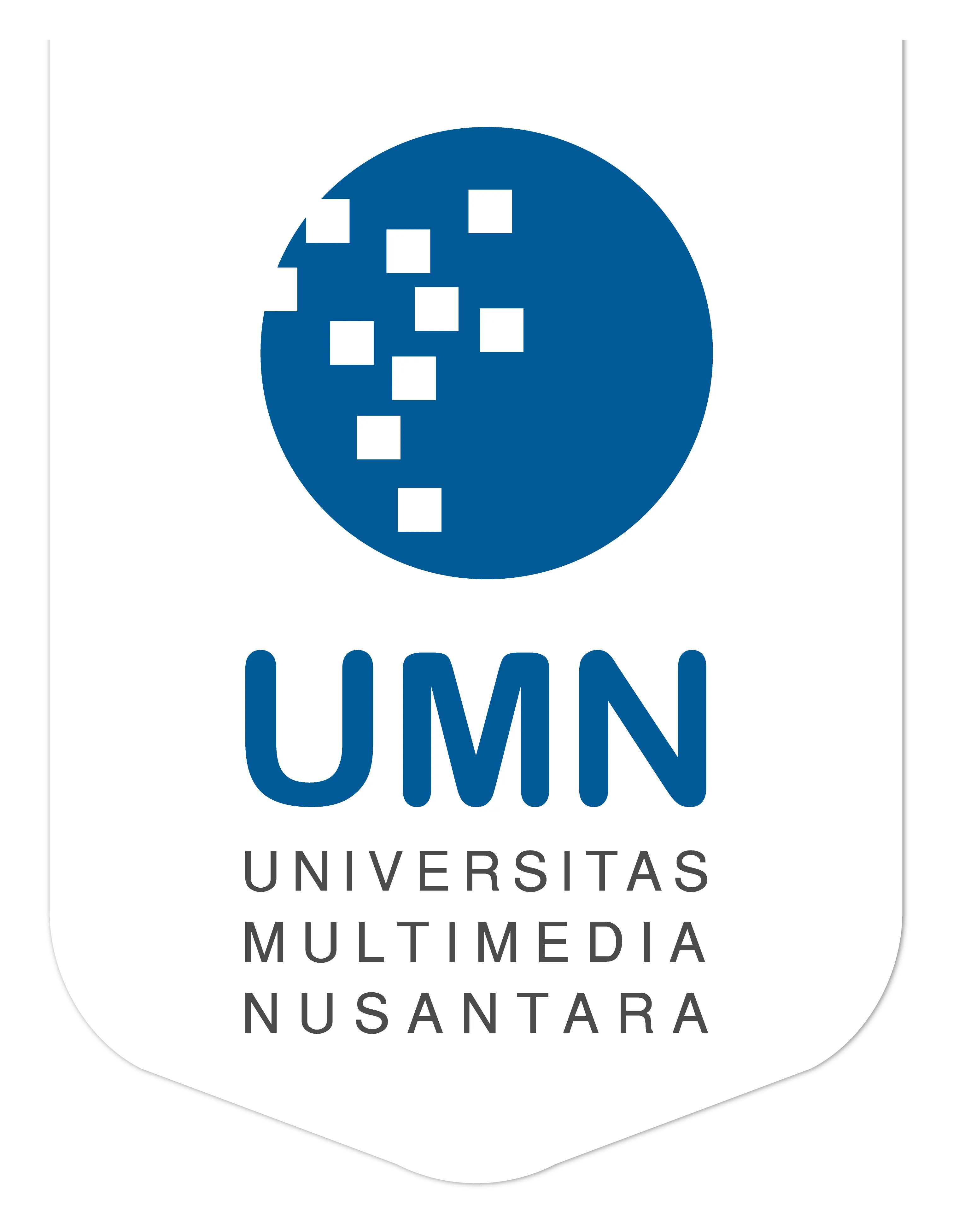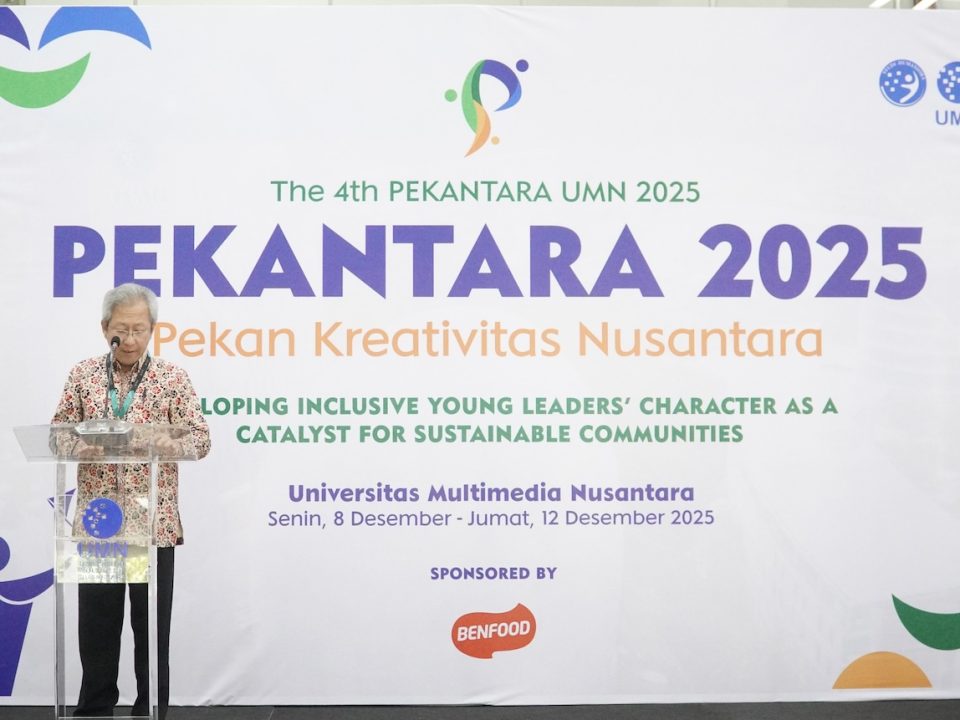
Film majors and alternatives for Moviegoers
October 27, 2022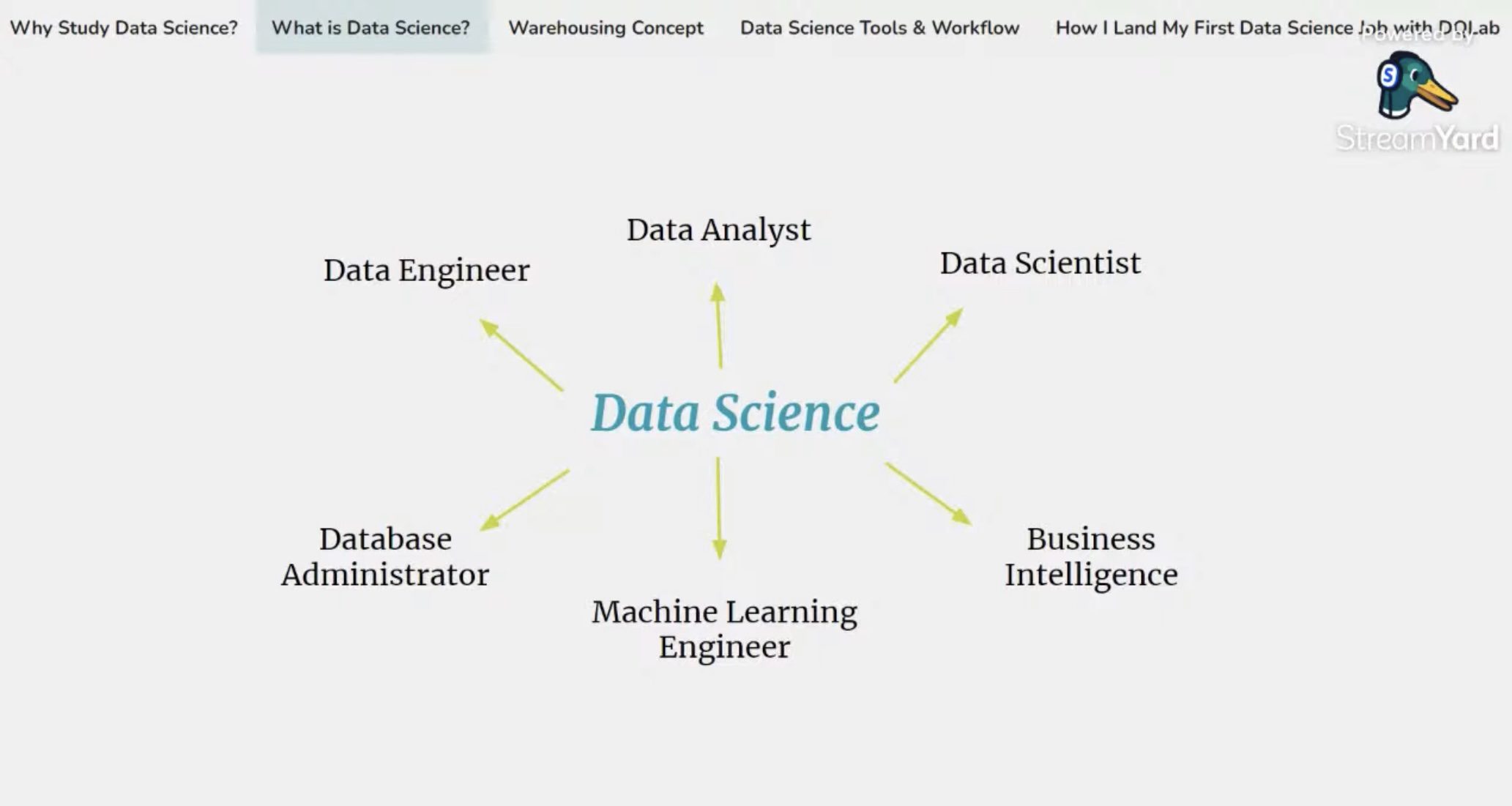
Data Science Career Opportunities Are More Promising, Non-IT Students Can Be Data Talents!
October 28, 2022Who here loves the cartoon genre and animation? Surely you are no stranger to animation and cartoons. These two graphic communication media, when played on television, are very lively and human-like at first glance.
Maybe you remember back then when you were younger, you’d always looked forward to cartoons showing on television every Sunday—since 7 in the morning, sitting in front of the television watching cartoons like Doraemon, Shinchan, ChalkZone, Jimmy Neutron and others. Who here miss those days? It’s really getting nostalgic.
Along with the development of digital technology today, the creators and animators have begun to show their fangs by offering beautiful concepts and storylines supported by slick visual displays. Indeed, if you look at the many types of animation and cartoons currently available, they have different production processes. Of course, the level of difficulty also varies.
However, it is often difficult for ordinary people to distinguish which one is called animation and which one is a cartoon? Although it looks almost the same, it’s different. Want to know more about the differences? Let’s see the explanation below!
Definition
We start with the first difference in terms of definition. These two types of visuals have different definitions, but sometimes people think they are the same.
Starting with what is a cartoon? Cartoons are a form of images that are generally known by the public and can be found in various mass media such as newspapers, television, magazines, textbooks, and so on; they can be easily and quickly loved by all groups, both children and adults. Cartoons are better known to contain elements of freedom as well as humor. In the beginning, rewards and judgments depend on one’s experience and point of view.
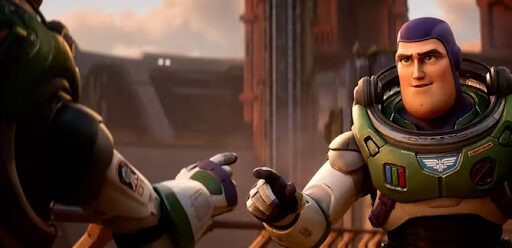
Source: The Conversation
While animations are moving images in the form of a set of objects (pictures) arranged in an orderly manner following a predetermined flow of movement in each increment of time. The image can be an image of living things, inanimate objects or writing. In general, it can be said to be a sequence of images displayed at a certain timeline to create the illusion of a moving image. Thus in animation, there are two important objects, namely the image as an object and the flow of motion.
Also read: Get to know the VCD Department and Its Tuition Fees at UMN.
Literal Meaning
The next difference can be reviewed further regarding the word’s meaning. A cartoon is an image, painting or caricature designed to influence public opinion. Cartoon comes from the Italian, cartone, which means paper. Cartoons were originally a name for sketches on tough paper (stout paper) as designs or designs for canvas paintings or wall paintings, architectural drawings, tapestry motifs, or pictures on mosaics and glass. But over time, the definition of cartoons at this time was not just a design drawing but later developed into an image that was humorous and satirical.
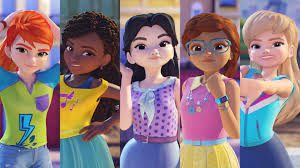
Source: Linkedln
While animation comes from the English “animation” from the word “to anime,” which means the goal is to animate, move or give life. In other words, animation means animating a sequence of still images or the technique of filming an array of images or models to create an illusionary sequence of motion. The forms of animation can be in the form of writing, personifications, animals, humans, and so on. Animation is formed from a movement model that is visualized both graphically and by objects.
The Purpose
The outputs of the work of visual communication and graphic design, animation and cartoons in the manufacturing process have several purposes. The purpose of making cartoons is to convey messages to the audience, both political, social and educational messages. For example, cartoons published in newspapers, especially editorial cartoons, caricatures and some comic strips.
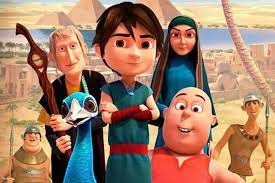
Source: Tehran Times
Cartoons in newspapers or other publications are cartoons that have characteristics as a medium that is not only entertaining but also intelligent and actual. Moreover, in learning, cartoons are usually used to reinforce certain material or points in the material being taught.
Then the purpose of making animation is almost similar to cartoons, namely conveying a message to the audience with an entertaining impression. Animation has storytelling power that is more striking than other visual communication media, such as motion graphics or graphic design. Not only used as entertainment media, but animations are also used for business purposes, marketing and advertising a product.
Visual Characteristics
The most distinguishing thing between animations and cartoons can be seen in the visual characteristics. Animated characters from cartoons are arguably more varied than the animation itself. Some have similarities with real humans, some are in the form of caricatures, and sometimes the characters deviate from the original.
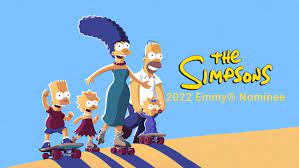
Source: Hotstar
For example, when you watch The Simpsons cartoon, one of the characters has tall blue hair. If you look at the cartoon, most of the characters’ hair has white, black or blonde colors. While the visual characteristics of animation are images that come from a set of objects arranged in such a way with objects and made to move (motion)
Production process
Producing animations and cartoons that attract attention and have good visual appearances takes a lengthy production process. You may be curious about the process that must be done by the artists to produce their work. From pre-production to post-production, everything is done by animators. Pre-production is the most basic stage in making an animated film. This stage is the process of finding ideas, making concepts and executing the ideas.
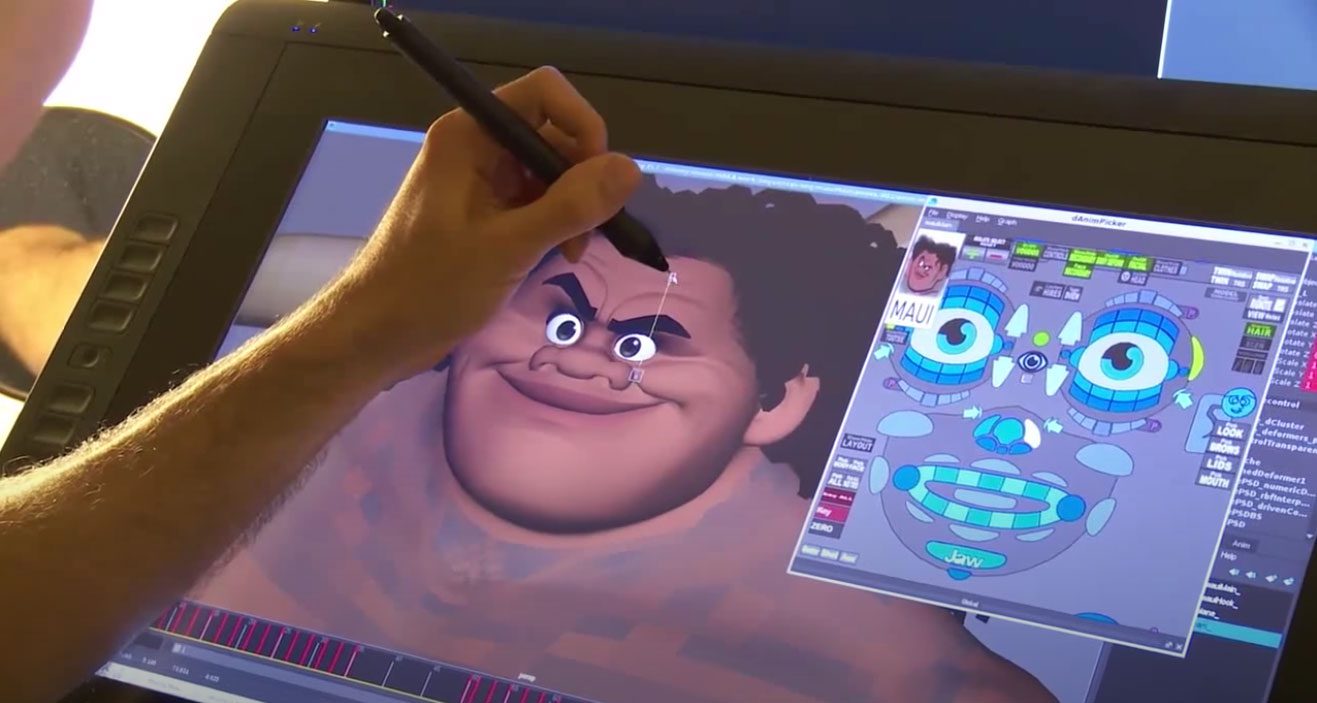
Source: Walt Disney Animation
In the production process, the animator begins to conceptualize the storyline with the help of storyboards as the main guide in making animation. Next is the production stage which is the core of the whole animation-making process. Finally, it is closed with the finishing or post-production stage, which aims to modify the final result so that the animation made looks attractive. Cartoons also go through the same processes. The only difference is that the storyline is made by a cartoonist.
Target Audience
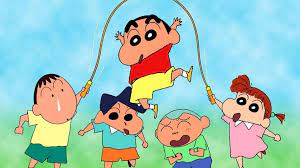
Source: Hipwee
Animated films can often be enjoyed by audiences of all ages, allowing animation production houses to earn more. Animated films are a very profitable money machine for film producers worldwide. Apart from having a large spectrum of viewers, from children to adults, animated films can also be produced fairly cheaply. It’s different with cartoons, the target audience that can be enjoyed especially by toddlers and children because it emphasizes the impression of humor.
Also read: Get to know the Business Major and its Job Prospects.
There are many differences that we have discussed between cartoons and animations. What are your thoughts, UMN friends? Do you prefer cartoons or animations?
Suppose you are interested in becoming a reliable animator and a talented cartoonist. In that case, you can try to enter the realm of design by majoring in Film & Animation at UMN. Moreover, this department is the only major in Indonesia that combines film and animation in one study program. You can learn both of them according to your interests, you know. For further information, you can check out UMN’s website.
By Reyvan Maulid | UMN News Service
English translation by Levina Chrestella Theodora
Kuliah di Jakarta untuk jurusan program studi Informatika| Sistem Informasi | Teknik Komputer | Teknik Elektro | Teknik Fisika | Akuntansi | Manajemen| Komunikasi Strategis | Jurnalistik | Desain Komunikasi Visual | Film dan Animasi | Arsitektur | D3 Perhotelan , di Universitas Multimedia Nusantara. www.umn.ac.id
